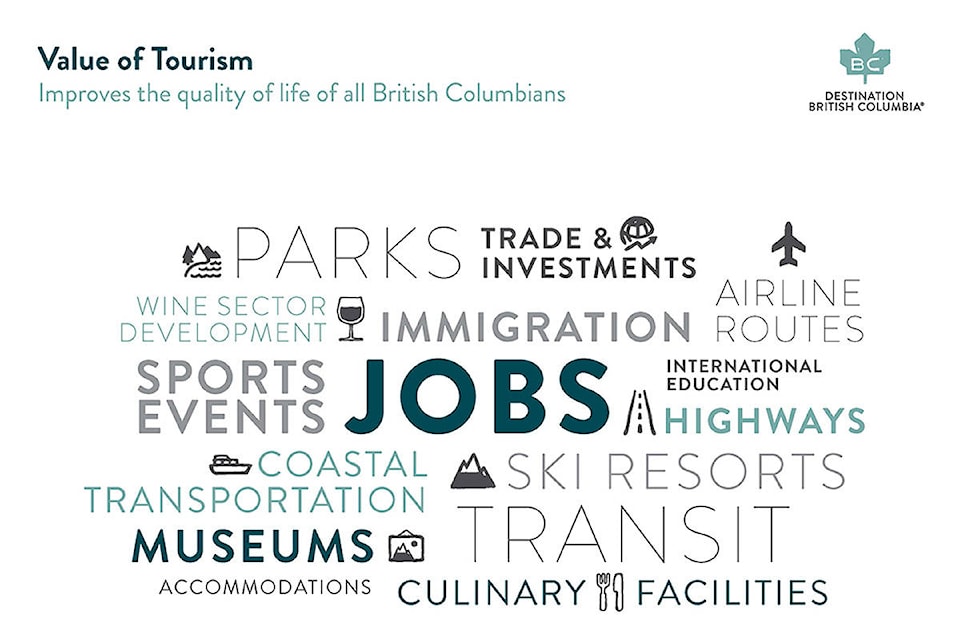In partnership with Kootenay Rockies Tourism, Indigenous Tourism BC, Destination BC, and the Ministry of Tourism, Arts and Culture, a 10-year destination development strategy for the Kootenay Rockies region has been created.
The Kootenay Rockies tourism region lies in the southeast of the province, with the Canadian Rockies and Alberta border as its eastern limit and the Columbia Mountains (Purcells, Selkirk, and Monashee Ranges) on the west.
“The Kootenay Rockies Destination Development Strategy is the result of in-depth discussions with a wide range of partners in tourism that all share a common vision for the Kootenay Rockies region; a vision of growing our tourism destination sustainably, collaboratively keeping the well-being of our communities, residents, and visitors in mind,” says Kathy Cooper, CEO of Kootenay Rockies Tourism.
The destination development planning supports improvements to communities with the overall goal of strengthening the destination and the visitor economy while enriching the lives of residents through communities in B.C.
The ten-year regional destination roadmap aims to focus on critical items, including:
• addressing infrastructure, services, and amenities such as rest stops, lookouts, and boat launches.
• improving the ability of tourism businesses to attract, retain, and house skilled staff.
• promoting universal accessibility, improving the accessibility of tourism products for visitors of all abilities, including seniors, young families, and people with access requirements such as those with vision impairment or cognitive difficulties.
• promoting cultural awareness, supporting the development of Indigenous tourism by working with the Ktunaxa Nation and other Indigenous communities to incorporate oral histories and place names into interpretation and signage where appropriate.
“This roadmap will guide our industry in building upon its strengths and assets and pursuing opportunities, such as improving access and developing new experiences for visitors of all ages and abilities,” said Cooper. “The strategy also outlines how to harness the power of collaboration, which is key to ensuring the long-term competitiveness of this region. We are excited to share this plan with all our regional partners and look forward to working towards our goals.”
Through the Destination Development Program, and in partnership with Regional Destination Marketing Organizations and Indigenous Tourism BC, 20 planning area strategies across the province will be created. These 10-year destination development strategies will funnel into six regional strategies, which will ultimately lead to one strategic provincial destination development plan. The strategies are meant to guide the future growth of tourism in B.C. through a coordinated approach to allow better alignment of long-term planning and development efforts, leading to increased tourism revenue and visitation to communities around the province.
“British Columbia is fortunate to have a well‐developed network of government and economic development agencies, tourism organizations, a great diversity of tourism sectors, highly engaged communities, and over 19,000 tourism businesses of every size and shape,” says Lisa Beare, Minister for Tourism, Arts & Culture. “By working collaboratively in the creation of Destination Development Strategies, this network is building a powerful competitive advantage in our province. I welcome the development of the Kootenay Rockies Destination Development Strategy to help the region plan for the future, stimulate growth in its tourism activities, create more opportunities for good jobs for people, and attract more visitors to experience our beautiful and exciting province.”
Read the full Kootenay Rockies Regional Destination Development strategy, complete with themes and opportunities online at https://bit.ly/2NxCJo5
Like us on Facebook and follow us on Twitter
